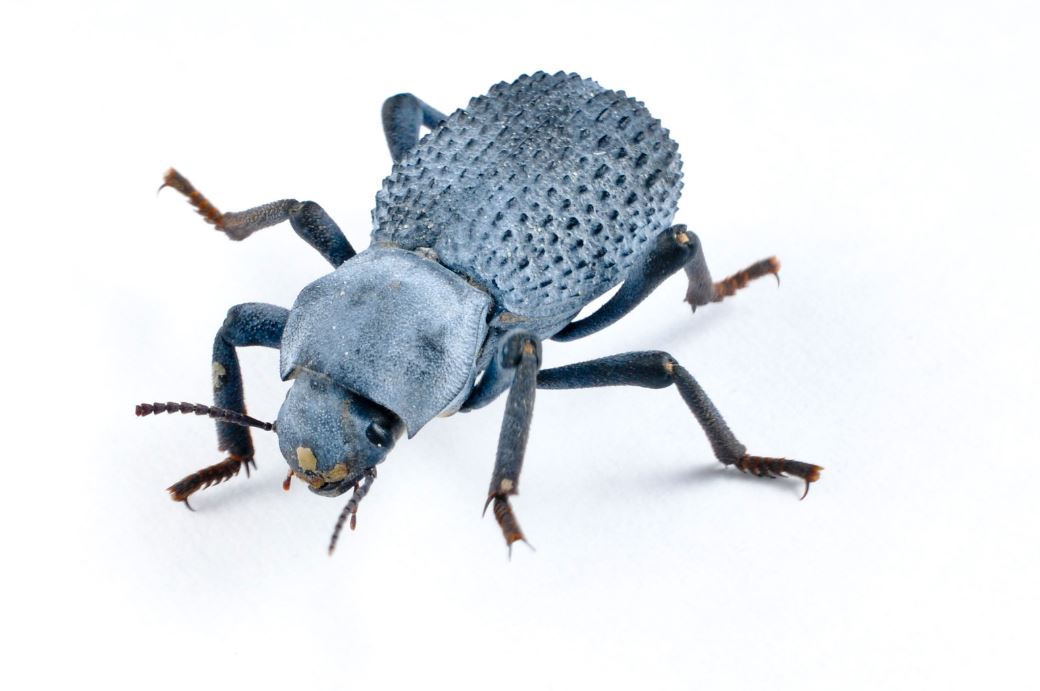
Blue death feigning beetle care sheet
Share
Blue death feigning beetles, otherwise known as BDFBs native to the deserts of southwestern USA, easily recognized by their distinctive blue, waxy coating. When threatened, they have a unique defense mechanism—they play dead.
Food
Food isn’t easy to come by in the desert, so these little guys will eat just about anything they can find—animal poop, dead bugs and animals, and plants.
In captivity, they mostly eat dog food, but you can feed them a variety of high-protein foods. Fresh carrot slices and banana peels help keep them hydrated, though misting their food with water once every two weeks works too. Since they’re desert creatures, they don’t need much water, so don’t overdo it with the spraying.
Enclosure
For their enclosure, it's best to replicate their natural surroundings by using 1–2 inches of sand as the substrate. Adding a hollowed-out rock or piece of wood gives them a place to hide. The rest of the setup is up to your preference. Just be sure to avoid adding a water bowl since they don’t need them.
BDFBs can handle a wide range of temperatures as long as it’s not freezing, but if you want them to be more active, keep the enclosure between 75–90°F.
Breeding
If you want eggs, keep the temperature between 80–90°F. Females like to lay their eggs in moist sand, so keep one corner of the enclosure damp and cover it with a few leaves.
The eggs will hatch within a few weeks. Newly hatched larvae are extremely tiny and difficult to spot, so it’s best to wait a few months before sifting through the sand to find them.
For more information on breeding and larval care, you can watch this video here: